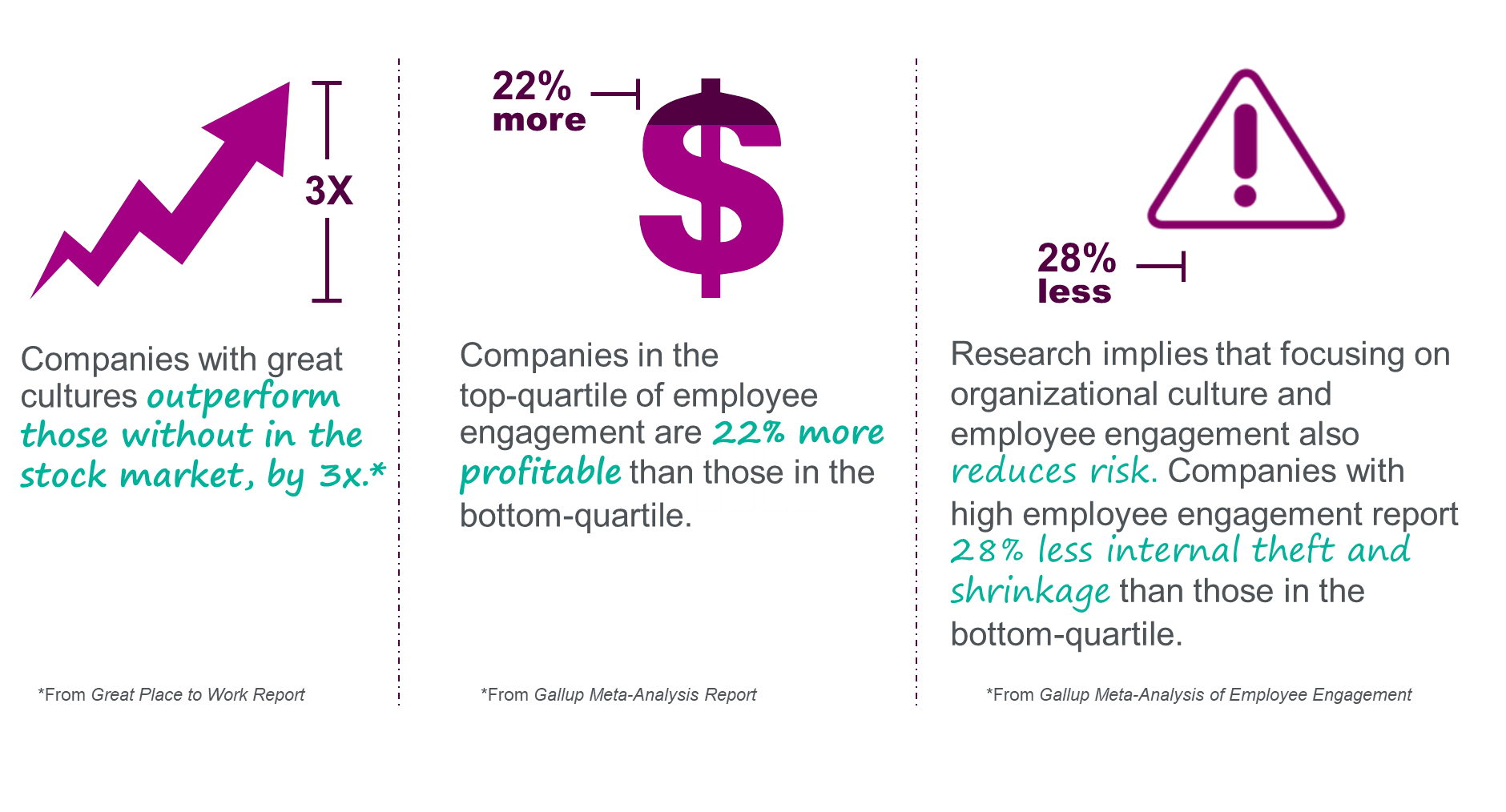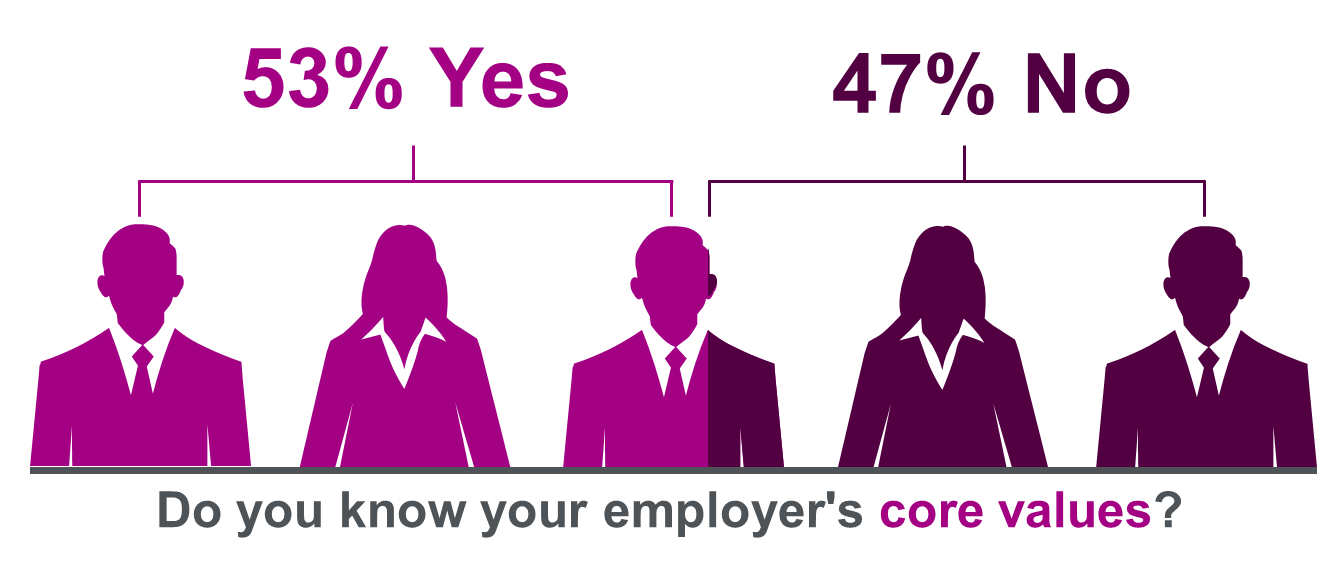The Deal is Done, But Will Cultures Collide?
Prognosticators have been forecasting a rapid acceleration of corporate mergers and acquisitions in 2018, both in terms of the number and size of the deals. Now at more than halfway through the year, it looks like they are spot on.
Fresh off its $85 billion Time Warner deal, telecom giant AT&T has made yet another big move to acquire AppNexus, giving the company control of one of the largest Internet advertising exchanges. We’ve finally seen how the Disney-Comcast battle to acquire Fox played out, while Gray Television and Raycom Media agreed to a $3.6 billion merger to create the third largest TV station group reaching 24 percent of U.S. television households. And you can bet more deals are coming. The announced Sinclair-Tribune deal has unraveled, and it’s still not clear how the Comcast-Fox battle for Sky is going to play out.
Anyone who has lived through negotiations and regulatory battles will tell you that closing a deal is tough work. But even tougher work remains once the deal is done – integrating the companies. And the focus on culture is critical. Companies with strong cultures outperform those without by a factor of three, while companies with meaningful employee engagement are more profitable. Also, companies that focus on culture operate with lower risk.

Integration has many angles – integrating business strategy, technology, human resources systems, office space and the like. But perhaps one of the most challenging integration angles that often is glossed over is integrating corporate cultures. In fact, more than one-third of mergers and acquisitions fail due to culture clash between the two companies according to the Society for Human Resources Executives.
Most likely, executives will develop an overarching architecture for an integrated mission, core values and culture. But that’s the easy part – integration across the entire “new” company is difficult work. Eagle Hill Consulting research indicates that nearly half (47 percent) of American workers don’t know their employer’s core values – and that’s for all companies not just those merging. Equally striking is that among those who do know their corporate values, a whopping 89 percent say it steers their decisions and behavior at work. That said, a merger can be a real opportunity to really align on culture and values to drive peak performance for the new company.

But this culture and values integration is perhaps one of the most complex tasks following a deal because it requires continuous and deep employee engagement at all levels of the company. It’s not something that the human resources department just magically makes happen like integrating payroll systems. And when culture integration isn’t handled properly, cultures can collide and ultimately result in negative impacts on the business and the bottom line. Why? Because culture and core values drive employee behavior and organizational performance. In fact, research comparing stock market performance shows that companies with strong cultures perform three times better.
As technologists, we know that companies have technical cultures, too – and we need to focus on the implications of the differences in technical culture when organizations are combined. For example, some companies have a CapEx-based infrastructure technical culture while others have a service-based technical culture. Some like to partner with vendors while others like to develop and operate almost everything in-house. Some organizations promote and encourage a risk-taking technical culture while others strive to have their people avoid risk at all cost.
Already, we’re seeing a potential culture clash with AT&T’s acquisition of HBO. AT&T executives had pledged to take a hands-off approach in managing HBO. But reports are emerging that there will be pressure on HBO to increase quantity of content, which could run afoul of HBO’s culture known for preferring quality over quantity. HBO’s work often takes years to develop and can cost millions per episode, but their strategy has resulted in enviable awards and billions in profits. Will the technical organization also be directed to change their technical culture to align with their telecom parent?
So once the deal is done, it’s a must that company leaders pay as much attention to integrating culture as they do to integrating technology and business processes. The companies that effectively manage corporate culture along with people, processes and technology integration – encompassing both technical operations and technical culture – will emerge the winners as the mergers and acquisitions mania plays out.
Here are some steps leaders can take to help implement successful culture integration.
1. Conduct a Culture Reboot
- Conduct a pre-assessment of culture & core values between the two companies
- Listen to employees and foster conversations
- Develop and implement a Culture & Core Values Strategy
- Develop a Culture Change Management & Communications Strategy
2. Marry Strategy and Culture
- Make integrity—and your company’s priority cultural values—a strategic priority
- Clearly define what values are for your organization
- Tackle both strategy and culture simultaneously
If you aren’t intentional about building the desired culture for your organization, it will morph on its own and may not become what you want it to be.
3. Make it Visible
- Determine what integrity looks like in practice for your organization
- Drive culture from the top down
- Focus on empowering leaders and making them your cultural ambassadors
When employees see leaders living your company’s culture and values, everyone else will follow suit.
4. Measure it and Talk About It
- Evaluate, act, repeat
- Maintain a consistent pulse on your organization’s culture and address shortcomings
- Don’t assume addressing a cultural challenge once will fix the issue for the long term
One last word of caution. Culture integration doesn’t happen overnight or even over the first year of an integration. It takes time and trust among employees, and constant care and feeding. But, it is essential to business success. Since the pace of technological change continues to accelerate, getting the integration of technical cultures right requires significant attention, and is one of the most important and challenging facets of culture integration.
John McCoskey is an Industry Executive – Technology, Media and Entertainment for Eagle Hill Consulting. Follow him on Twitter at @John_McCoskey.
Get the TV Tech Newsletter
The professional video industry's #1 source for news, trends and product and tech information. Sign up below.
